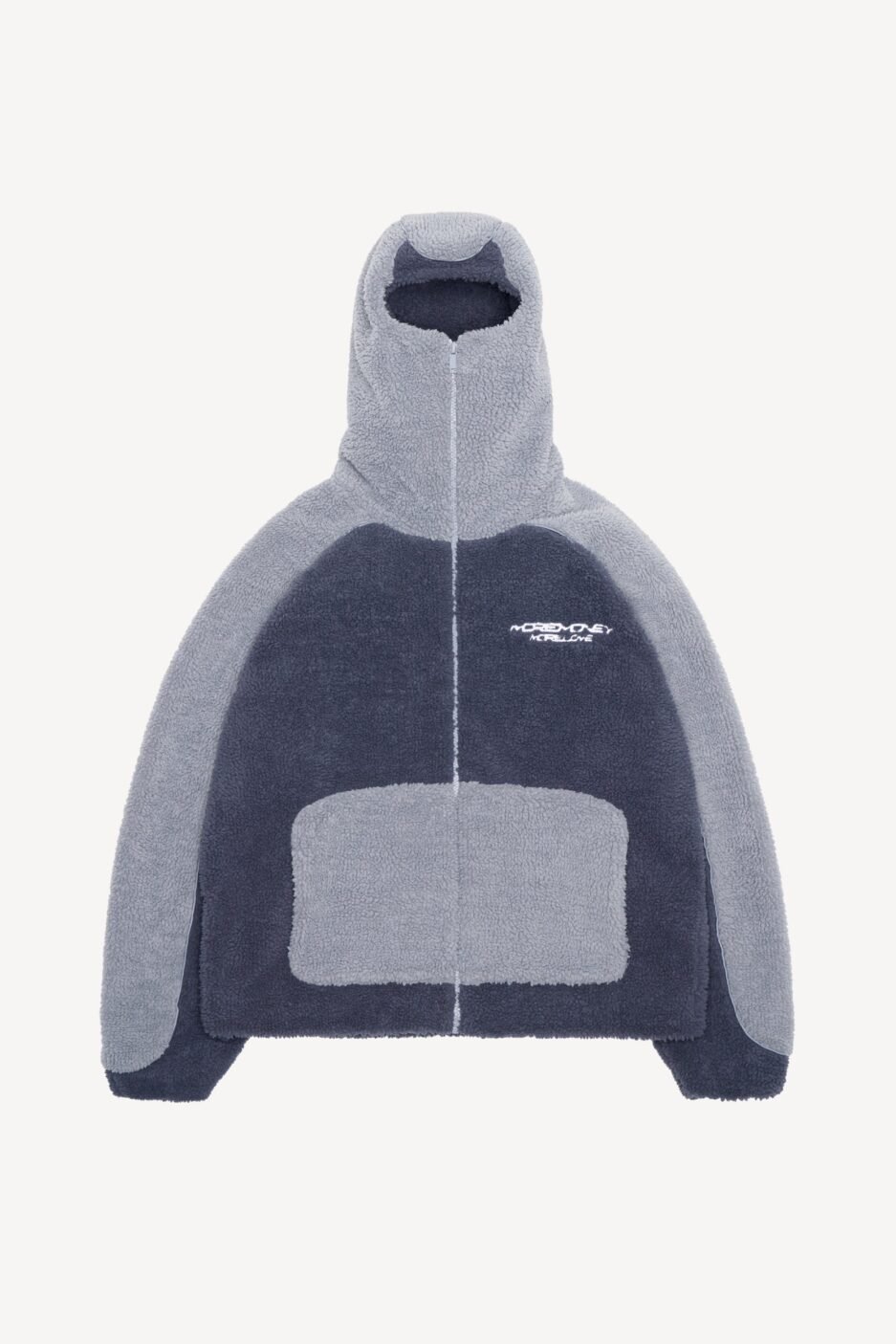The aviator jacket or flight jacket, is a fashion piece that has remained in vogue for years having undergone a modernized and stylish transformation. These across-the-board garments are rarely scrutinized as mens aviator jacket they have outgrown their initial functional application and have evolved into some semblances of trends and practical clothing that are familiar to many people around the world. This article here succinctly explores the origins, the many features and the ongoing importance of the aviator jacket.
Emergence of the Aviator Jacket
The aviator jacket is a military article, that was developed in the age of World War I., when pilots of the time operated in open cockpit planes flying in subzero temperatures and wind was the order of the day. They sought clothing that was warm and not constraining due to their roles. In effect, they needed protective coats which were not only heavy enough to ward off the cold but also sufficiently functional. This dress code was typically in the form of bulky leather outer garments, fully fur or wool lined and with a turned-up collar and closes around the hands. The same year, 1926, saw the birth of the Type A-1 jacket, duly named as a kind of a ‘source’ for other ones.
The change in the attitude towards designing uniform parts of the Type A-2 jacket in 1931 became somewhat dramatic. This was because, its sophisticated design incorporating a zippered front and fine leather finish set it apart from the rest and it became the blueprint of aviation jackets to come. However, back in England, The Royal Air Force had their own variant which is known as the beiger or “bomber’s jacket” and that is termed so not coincidentally because it is extremely comforting and effective when, at the time, the pilot operates



